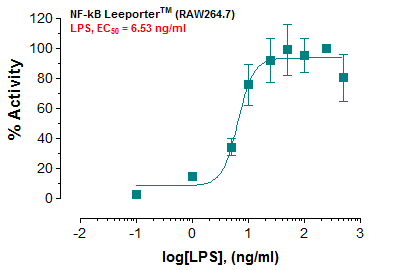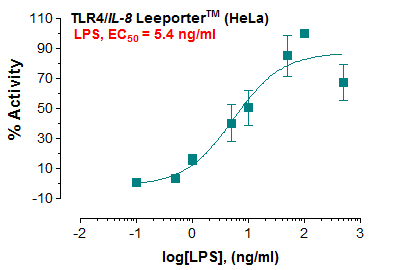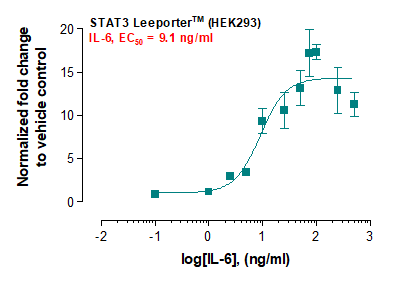Anti-SARS-CoV-2 Nucleocapsid (N) (Clone NP1-C5) HRP
Shipping Info:
For estimated delivery dates, please contact us at [email protected]
| Amount : | 50 µg |
| Isotype : | Human IgG1 |
| Content : | Concentration:0.5 mg/ml Formulation: This HRP-conjugated antibody is formulated in 0.01 M phosphate buffered saline (150 mM NaCl) PBS pH 7.2 - 7.4, 1% BSA. (Warning: Use of sodium azide as a preservative will inhibit the enzyme activity of horseradish peroxidase) |
| Storage condition : | This horseradish peroxidase conjugated monoclonal antibody is stable when stored at 2-8°C.?Do not freeze. |
| Alternative Name : | COV2-NP1-C5, SARS-CoV-2 Nucleocapsid, SARS-CoV-2 Nucleoprotein, Protein N, SARS-CoV N Protein |
Specificity: Anti-SARS-CoV-2 Nucleocapsid, clone NP1-C5, specifically targets an epitope on the SARS-CoV-2 nucleocapsid protein. Furthermore, it is reported to bind to the RNA binding domain of the N protein.
Antigen Distribution: The nucleocapsid protein is expressed in the internal nucleocapsid of SARS-CoV-2.
Background: Coronavirus disease 2019 (COVID-19) is caused by severe acute respiratory syndrome coronavirus 2 (SARS-CoV-2). SARS-CoV-2 belongs to the Coronaviridae family, and its single-stranded, positive-sense RNA genome shares 79.6% identity with SARS-CoV1. The spike (S), envelope (E), membrane (M), and nucleocapsid proteins (N) are four essential structural proteins of SARS-CoV-22. The 46 kDa N protein is highly conserved and shares 90% homology with SARS-CoV3. Similar to SARS-CoV, SARS-CoV-2 has an N-terminal (NTD) and C-terminal domain (CTD), linked by a linker region. The NTD binds to RNA, while the CTD self-oligomerizes4,5, aiding viral genome packaging into a helical ribonucleoprotein complex6. The N protein also participates in viral transcription, replication, and modulation of cell signaling pathways7,8. Some vaccine and diagnostic assays9 have focused on the N protein as it is highly expressed during infection and activates antibodies3,10 and memory T cells11,12, found in convalescent sera. The N-protein also evades the innate immune system by inhibiting RNAi13, identifying it as a potential therapeutic target.
|
There are currently no product reviews
|
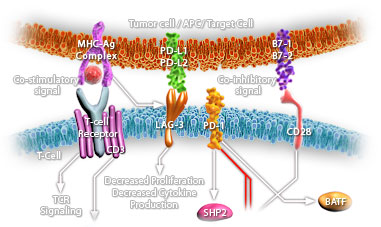
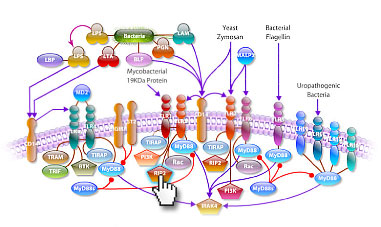











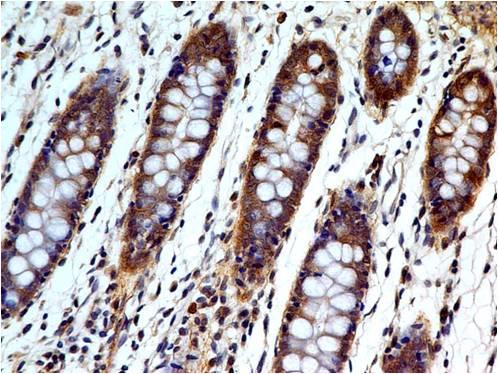




.png)


